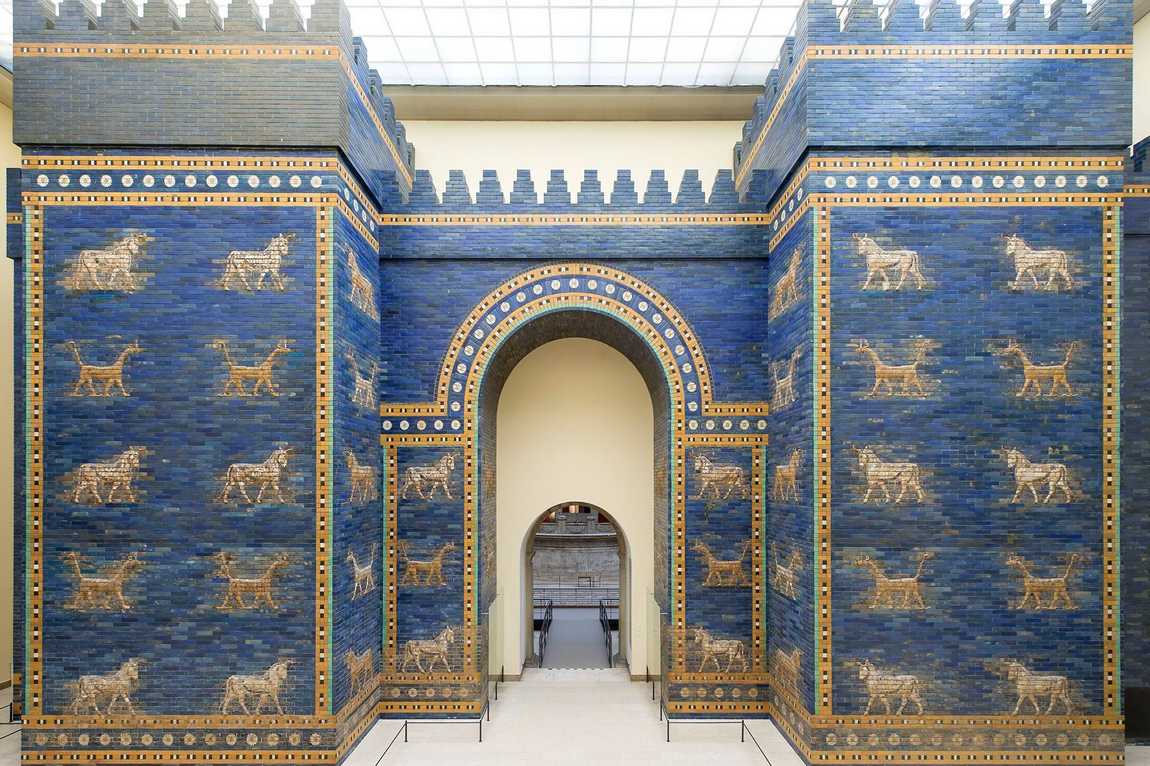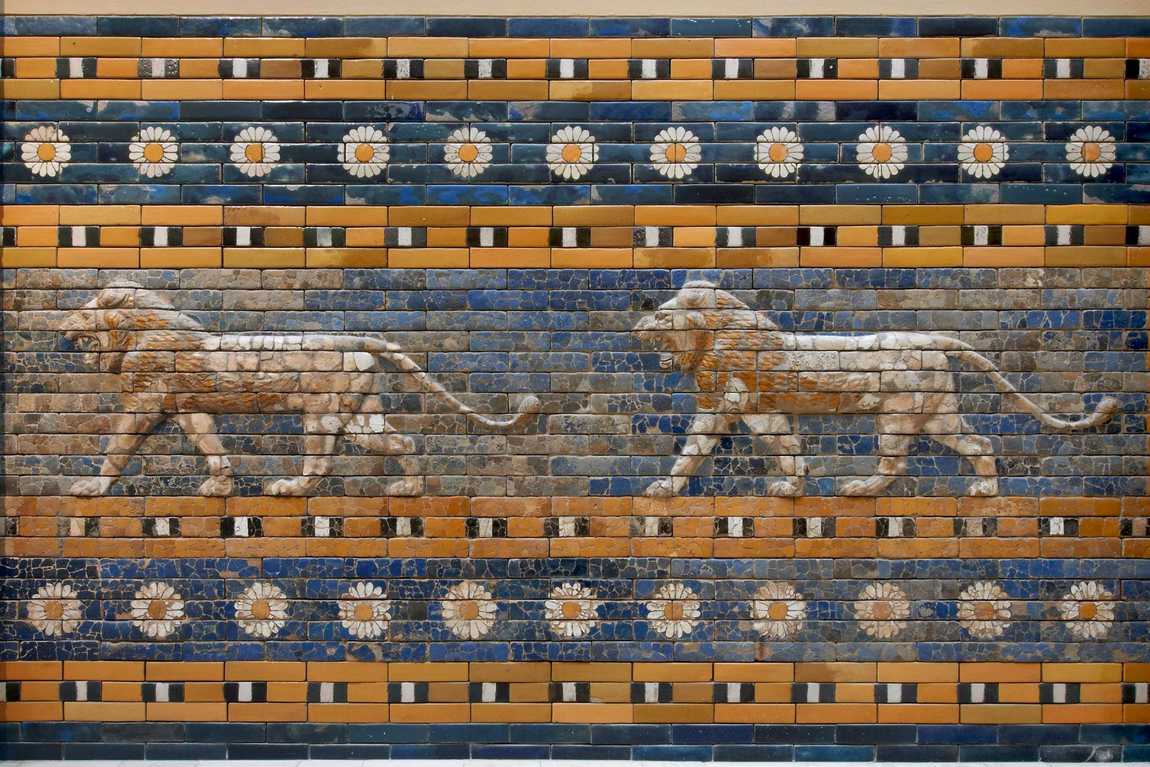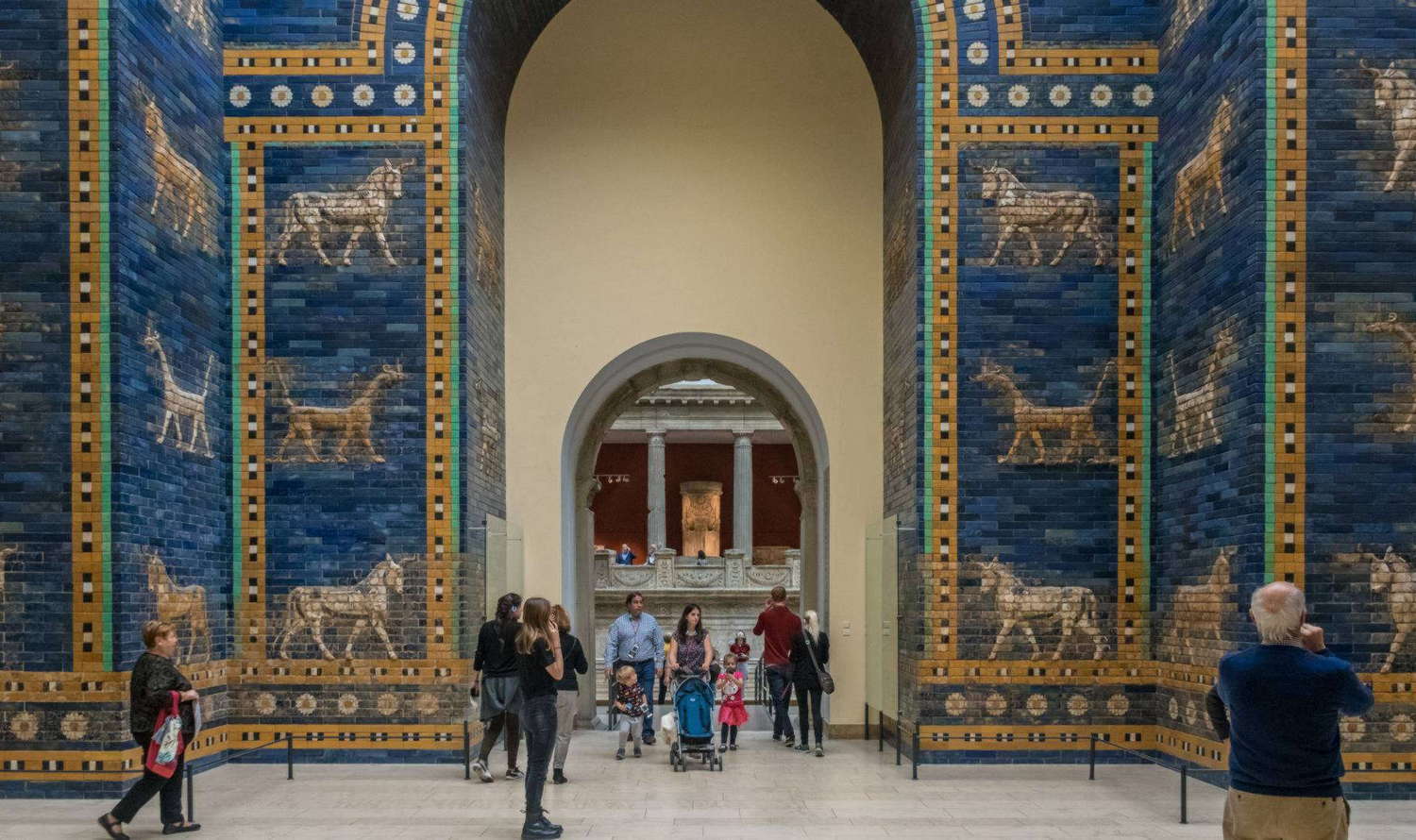The Pergamon Museum is the most visited and famous museum in Berlin, with over a million visitors a year. It's a place not to be missed, especially as this "cultural excursion" is useful and interesting not only for adults, but also for schoolchildren. Here, young visitors will be able to see elements of the culture of the ancient world that they have only heard about at school. The opportunity to see for themselves is sure to spark a child's interest in the subject; it's not for nothing that the Pergamon Museum has been included on UNESCO's World Heritage List.

The entire area of the building is devoted to three main sections: the Ancient Collection, Pre-Asian Art and the Cultural Treasures of the Islamic Peoples.
The Ancient Collection brings together exhibits from the Greek, Roman, Cypriot and Etruscan collections. The treasure of the exhibition is the altar from the city of Pergamon, after which the museum is named. The altar is 113 metres high and was built between 180 and 159 B.C. The altar depicts a battle between giants and gods. The beauty of the altar is said to have been great in ancient times and it is even mentioned in the Revelation of John the Evangelist.
Interestingly, the magnificent altarpiece was taken out of the country after the Second World War and ended up in the State Hermitage Museum. In 1958, Nikita Khrushchev decided to return it to Germany as a gesture of goodwill. In addition to the altarpiece, the Ancient and Roman periods are represented by a variety of statues, sarcophagi, jewellery, pottery, bronze, glass and coins.
The collection of Near Eastern art includes cultural elements from the extinct empires of the East, such as the Sumerians, Babylonians and Assyrians. The main value of the collection is the reconstruction of the Babylonian Gate, dedicated to the goddess Ishtar. It is a huge brick arch covered in white, yellow and blue glaze. The gate is decorated with images of bulls, lions and mythical animals. Other famous pieces in the collection include the ruins of the Tower of Babel, the remains of the throne room of Babylonian King Nebuchadnezzar II and the temples of the Sumerian city of Uruk.

The next building of the Pergamon Museum is dedicated to the collection of art treasures of the Islamic nations that inhabited the area from India to Spain between the eighth and nineteenth centuries. The section with Mughal miniatures, weavings and the art of Persian calligraphers is of great interest to tourists. Also noteworthy is the ornamental relief frieze that the Ottoman Sultan gave to Kaiser Wilhelm II of Prussia.
After a walk around the Pergamon Museum, you can have a bite to eat in the cafeteria or buy souvenirs in the shop.











